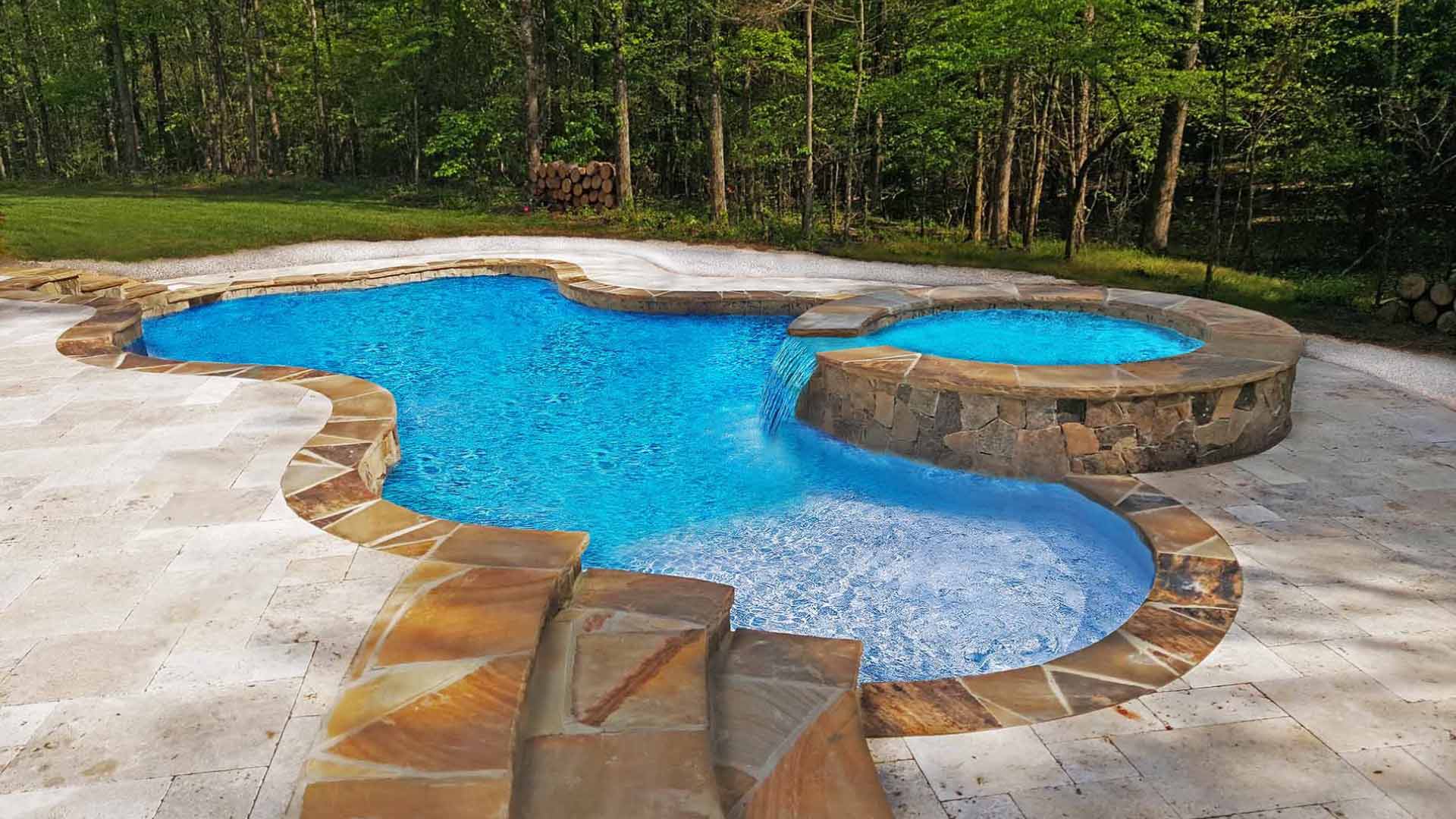Architectural design is one of the biggest challenges for builders. Swimming pool construction, for example, is one of the areas where architects constantly confront, rethink, and question their design ideas to respond to the client’s expectations. Which is the correct choice of materials? How will the material affect the design idea? This kind of question will always appear and challenge pool builders, especially nowadays when technology plays a fundamental role in the industry.
Setting the utility purpose for the pool construction from the beginning could make significant differences in improving its appropriateness for use. These structures provide better results for recreation, relaxation, exercise, and interesting shapes that can combine perfectly with the house atmosphere where it will be.
The swimming pool design is very complex. The choice of materials brings a whole new spectrum of possibilities, but at the same time, the unique features that each one of them has can work in favor or against the needs of the scheme, and they require professional skills for projection achieving. Pools have become a first necessity house product for many, bringing a new perspective on the importance of acquiring a better understanding of the materials involved.
The first step for building a pool is finding the most suitable materials for the design plan. The main factors involved in the decision are price, strength, moldability, adaptation, style, and durability. All these aspects combined will provide the builder with enough freedom to create the highest quality and dream pool that the client can afford.
Structural and architectural design needs careful planning and rigor. For example, sidewalks, stairs, foot baths, and other details can change a structure visually to make it more attractive without sacrificing its functionality. Materials are the key to a design that will stand out and fulfill various conditions and requirements.
Concrete, for instance, is one most used materials in pool construction due to its numerous qualities such as impermeability, stability, and rigidity. When design and technical skills are the main priority despite the cost, concrete and its many attributes are the best option.
Another advantage of a concrete pool is that it is fully customizable and not prefabricated. From the shape, texture, surface, light, and general decoration, this material enhances creativity and experimentation thanks to its possibility of starting a new design from scratch that could be adapted specifically for the chosen construction place.
Here are some of the most important features for an overall design:
- Strength
- Quality
- Personalization
- Coating choice
- Non-deformable
- Anti-cracking
There is no doubt that today the construction business has unlimited possibilities because of the wide range of material options available in the market. The most notable differences between them are price and efficacy when fulfilling specific needs, knowing that they all have unique characteristics. Developing an architectural swimming pool design could be a big challenge especially related to customizing details, but worths the try since this will result in a better-executed project.
Finally, if you are thinking about building your home pool, the best way to start is by understanding which type of pool you want. After that, it is essential to begin selecting all the customize details you would like to include, the shape of the pool, a style that will suit your taste, and last but not least, the more adequate materials for the construction.
These decisions should be made based on the house’s aesthetic, budget, and location. The assembly process should always be supervised by an architect, whose guidance will ensure that the design brief is been followed in the best way to guarantee quality and long-lasting results. The recommendation is to always have this professional supervision before starting the pool construction to avoid future damage and maintenance over the next years.

